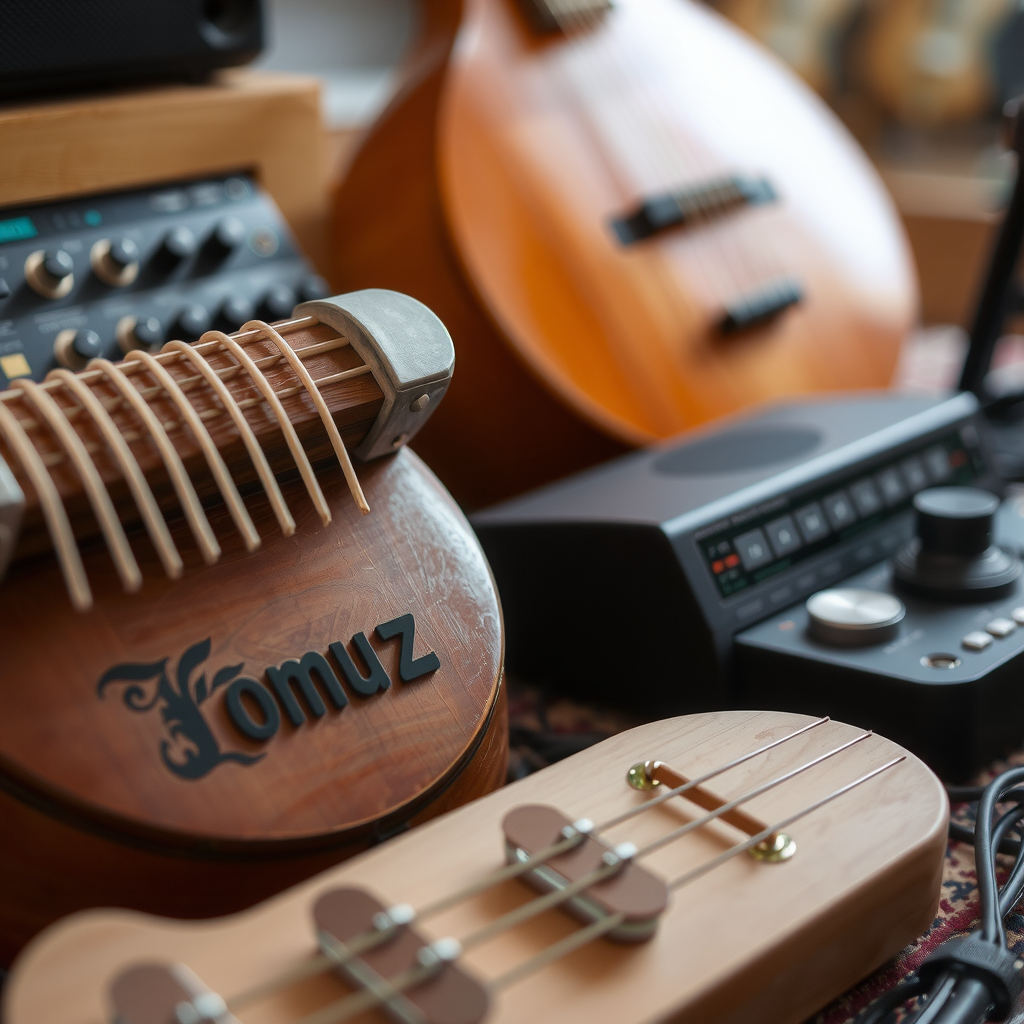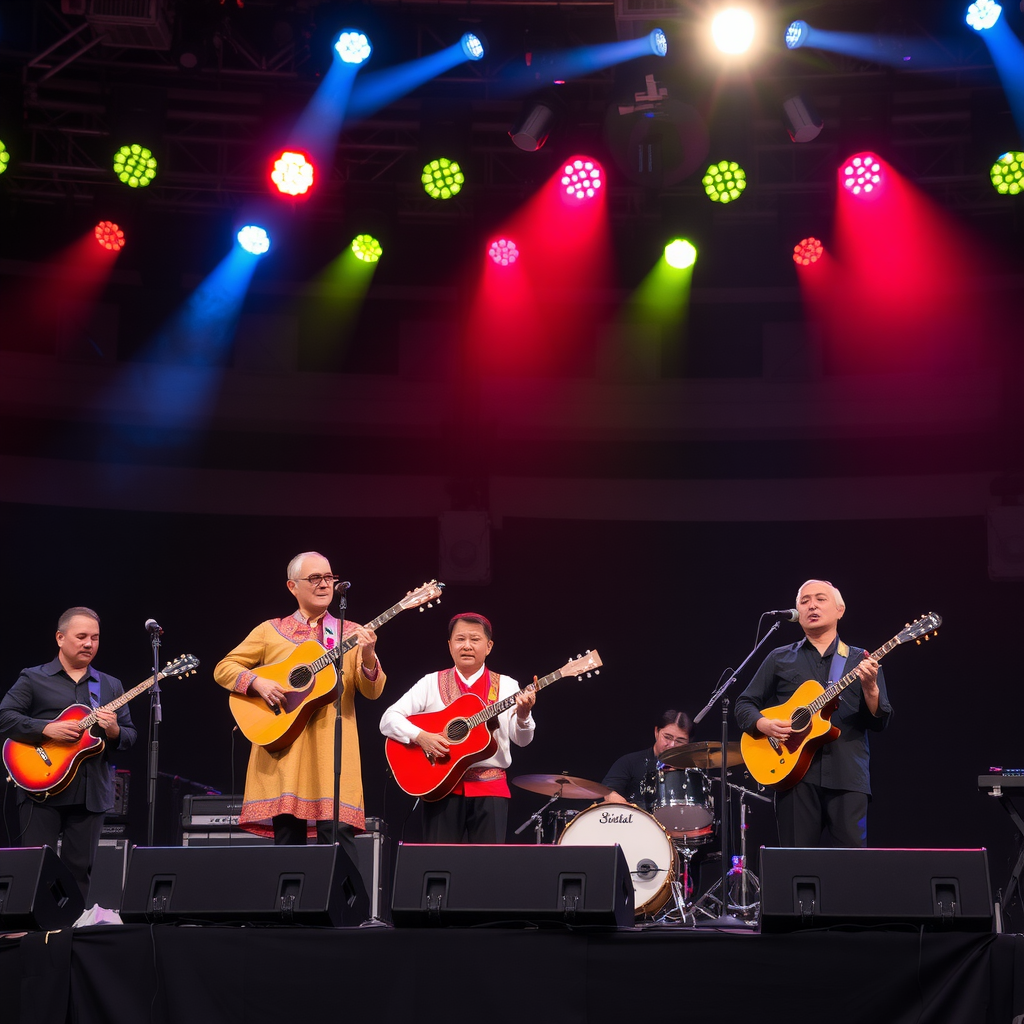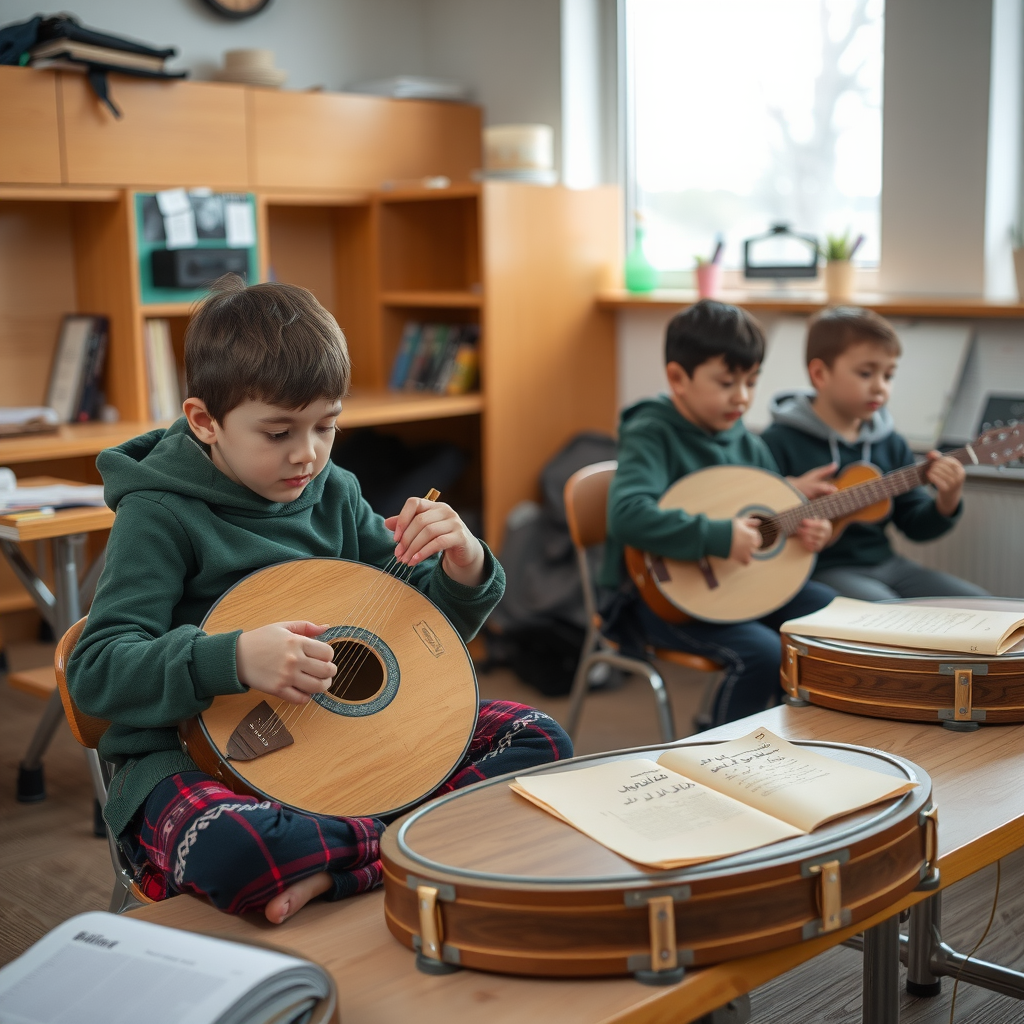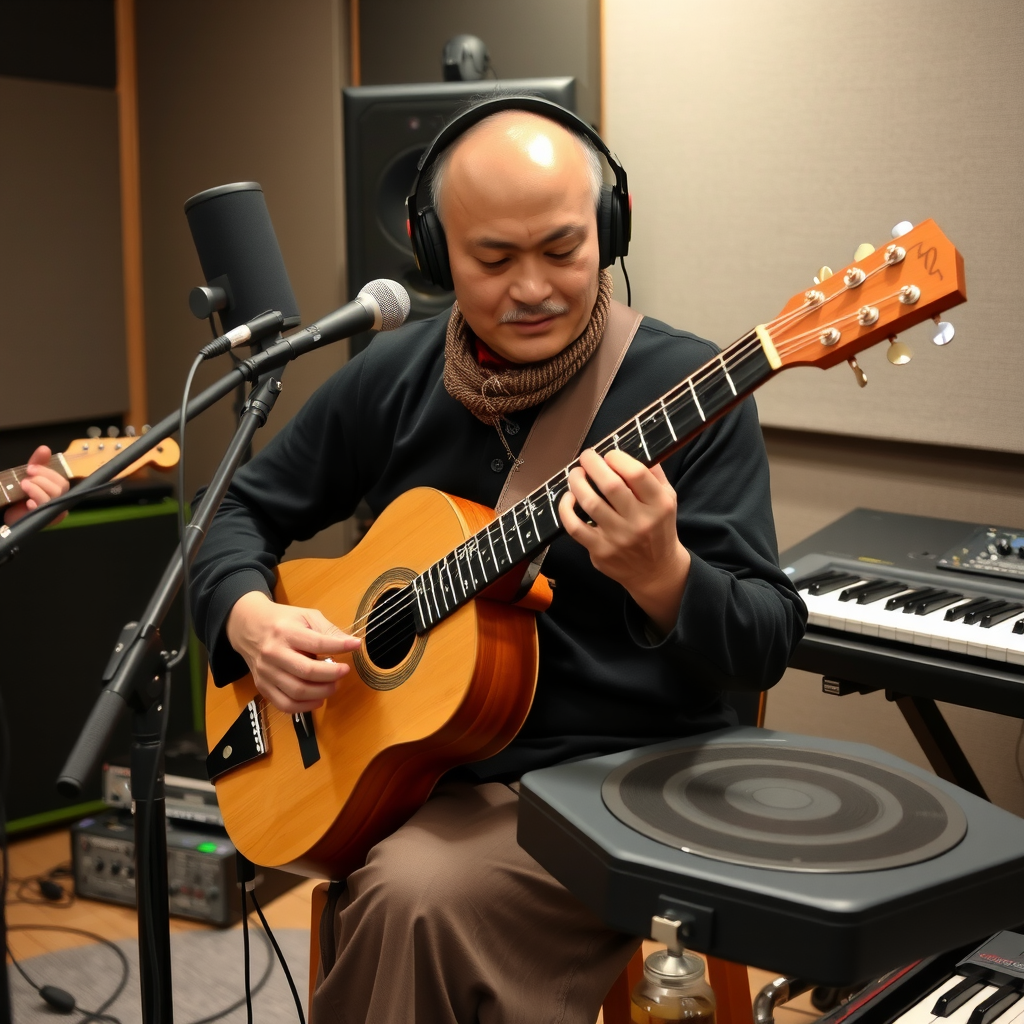In the heart of Central Asia, Kyrgyzstan's rich musical heritage is experiencing a remarkable renaissance as contemporary artists weave ancient melodies into modern soundscapes, creating a unique fusion that captivates audiences both locally and internationally.
The traditional sounds of the komuz, a three-stringed plucked instrument, and the haunting melodies of the kyl-kyyak, a two-stringed bowed instrument, are finding new life in unexpected genres. From indie rock bands incorporating epic folk narratives to electronic producers sampling traditional throat singing, Kyrgyz musicians are proving that cultural preservation and innovation can coexist beautifully.
The Instruments That Bridge Centuries

The komuz, often called the soul of Kyrgyz music, produces a distinctive twangy sound that translates surprisingly well to rock and alternative genres. Local musician Aida Nazarova explains how she discovered that the komuz's pentatonic scale naturally complements modern chord progressions, leading her band "Ala-Too Echoes" to create what she calls "nomadic rock."
Meanwhile, the kyl-kyyak's ethereal, almost otherworldly tones have found a perfect home in ambient and electronic music. Producer Bektur Isakov has gained international recognition for his atmospheric compositions that layer traditional kyl-kyyak recordings with synthesized beats, creating soundscapes that feel both ancient and futuristic.
Artists Leading the Fusion Movement
Several pioneering artists are at the forefront of this musical evolution. The band "Tengri" has gained a devoted following by incorporating traditional epic songs called "Manas" into their progressive rock compositions, creating 15-minute musical journeys that tell ancient stories through modern instrumentation.

Electronic artist Gulnara Toktobaeva has taken a different approach, creating intricate soundscapes that sample field recordings of traditional Kyrgyz ceremonies and festivals. Her album "Digital Nomad" features tracks that seamlessly blend the sounds of horse hooves, traditional singing, and modern synthesizers, creating an immersive experience that transports listeners to the steppes while keeping them firmly planted in the 21st century.
Preserving Heritage Through Innovation
This fusion movement isn't just about creating new sounds—it's about cultural preservation. Young Kyrgyz people who might otherwise be disconnected from their musical heritage are finding new appreciation for traditional instruments through these contemporary interpretations.
Music schools across Bishkek report increased enrollment in traditional instrument classes, with many students citing exposure to fusion artists as their inspiration. The Kyrgyz National Conservatory has even introduced new programs that specifically focus on blending traditional and contemporary techniques.

The Global Stage
The international music community has taken notice of this unique sound emerging from Kyrgyzstan. Several fusion artists have been invited to perform at world music festivals across Europe and North America, introducing global audiences to the rich musical traditions of the Kyrgyz people.
Streaming platforms report growing interest in Kyrgyz fusion music, with playlists featuring these artists gaining thousands of followers worldwide. This global recognition is not only bringing pride to local musicians but also creating new economic opportunities for artists who previously had limited avenues for sharing their work beyond national borders.
Looking to the Future
As this musical movement continues to evolve, artists are exploring even more innovative combinations. Collaborations between traditional masters and contemporary musicians are becoming more common, with elder musicians sharing their knowledge while learning new techniques from younger generations.
The future of Kyrgyz music appears to be one where tradition and innovation dance together in perfect harmony, creating sounds that honor the past while boldly stepping into the future. Through platforms like Baityshum, these artists continue to find new audiences and opportunities to share their unique musical vision with the world.

This fusion of traditional and contemporary elements represents more than just a musical trend—it's a testament to the enduring power of cultural heritage and its ability to adapt and thrive in an ever-changing world. As these artists continue to push boundaries and explore new sonic territories, they ensure that the ancient melodies of Kyrgyzstan will continue to resonate for generations to come.
